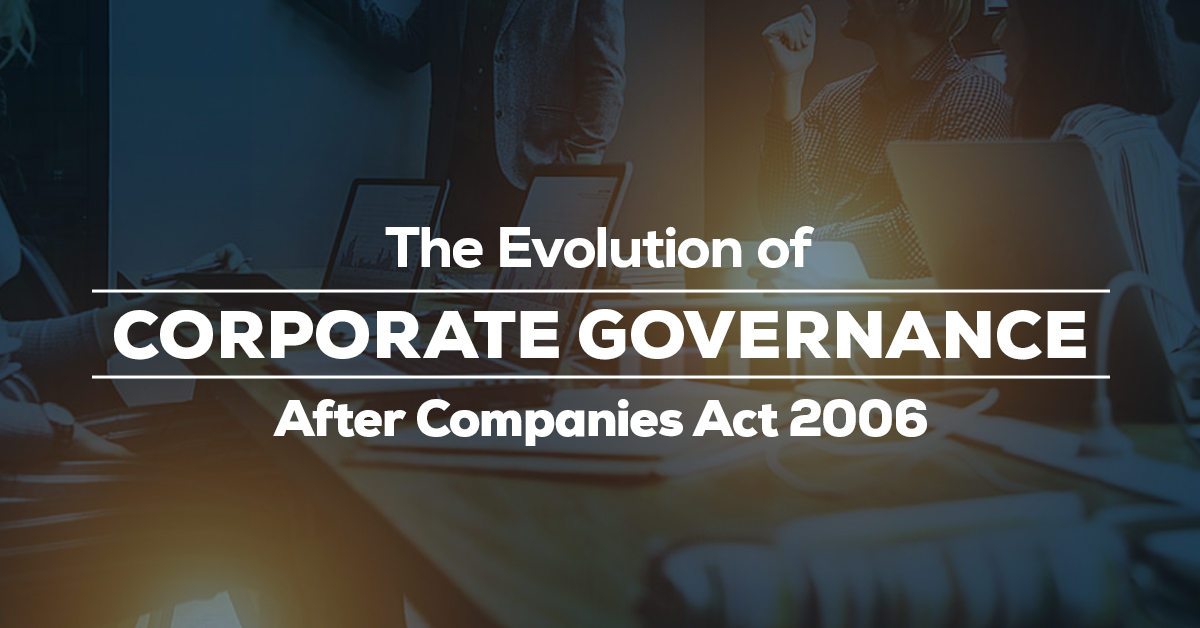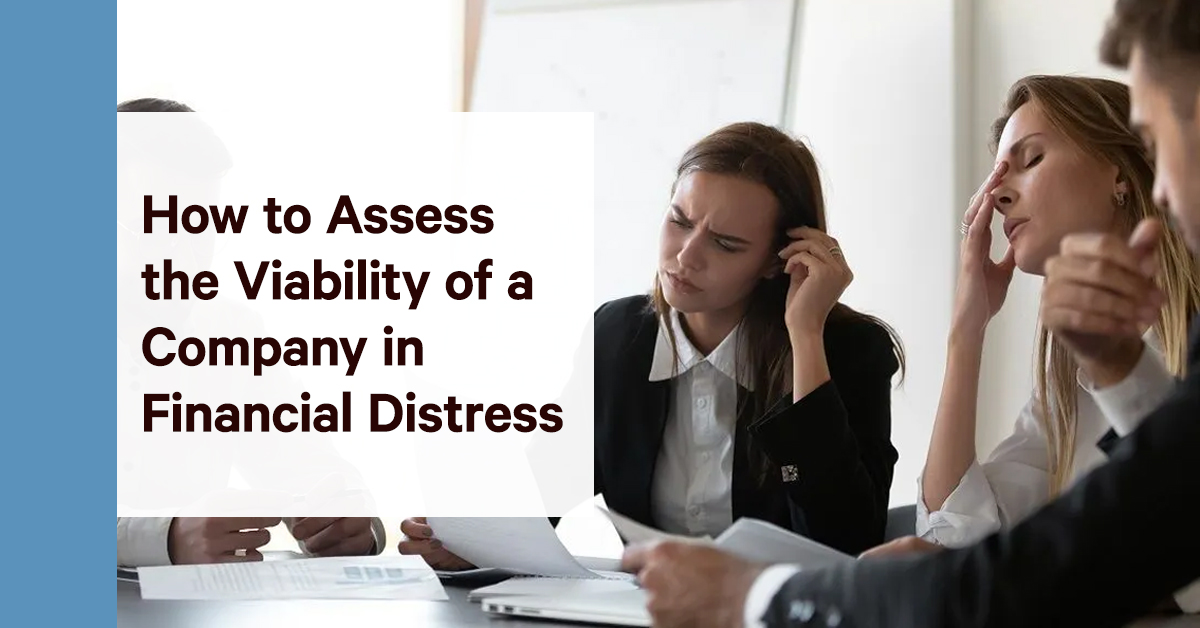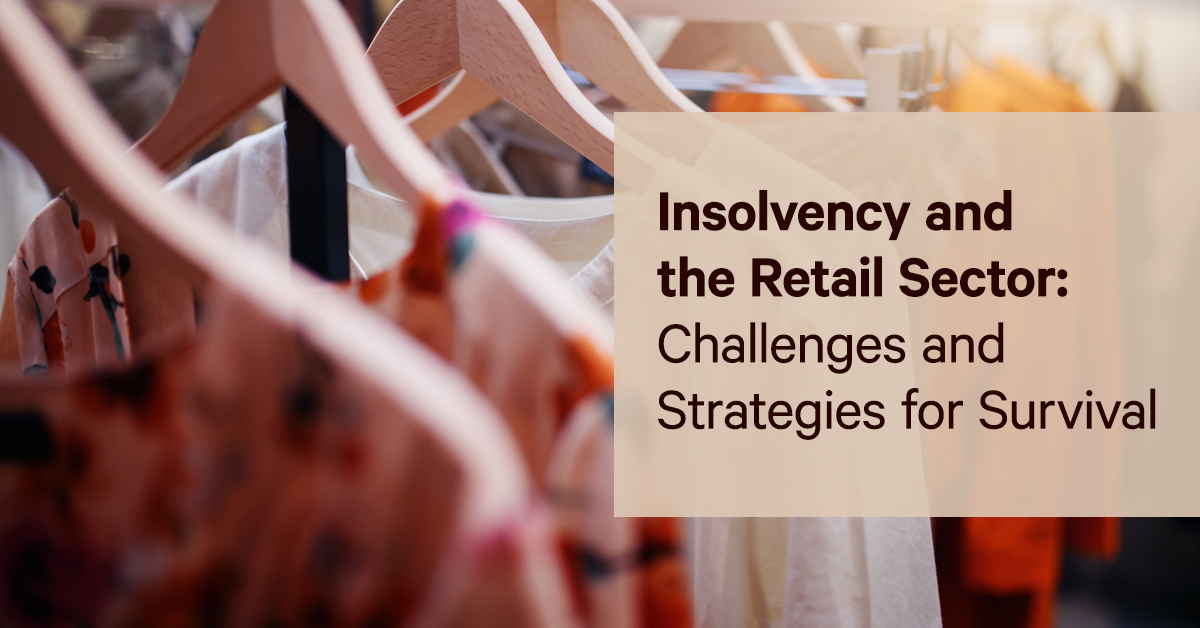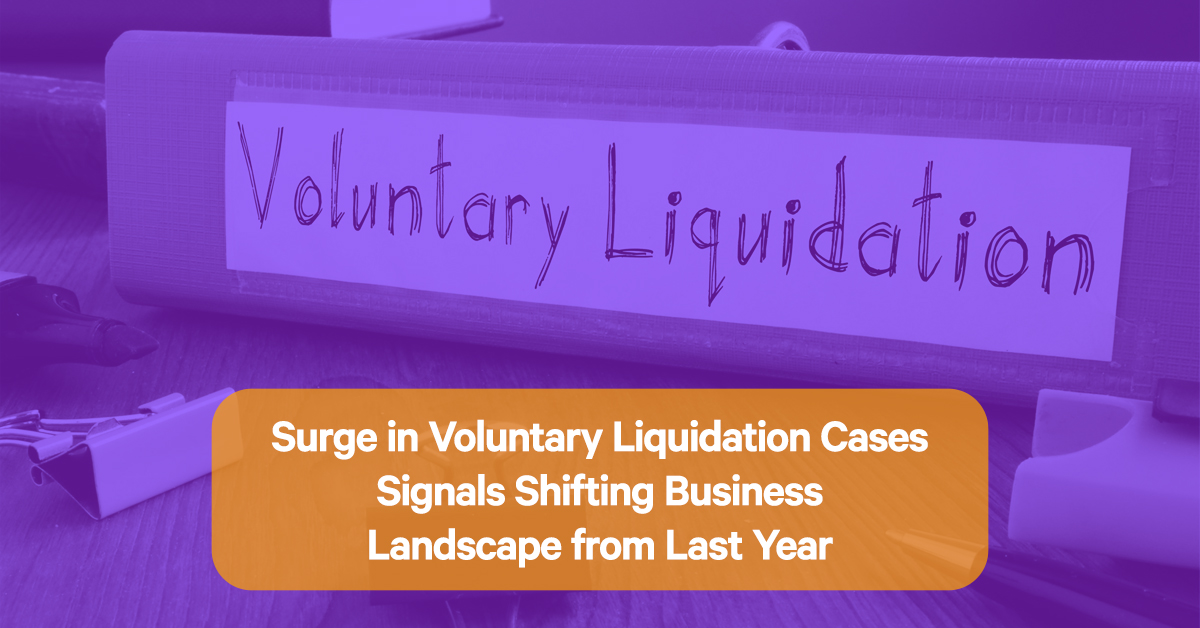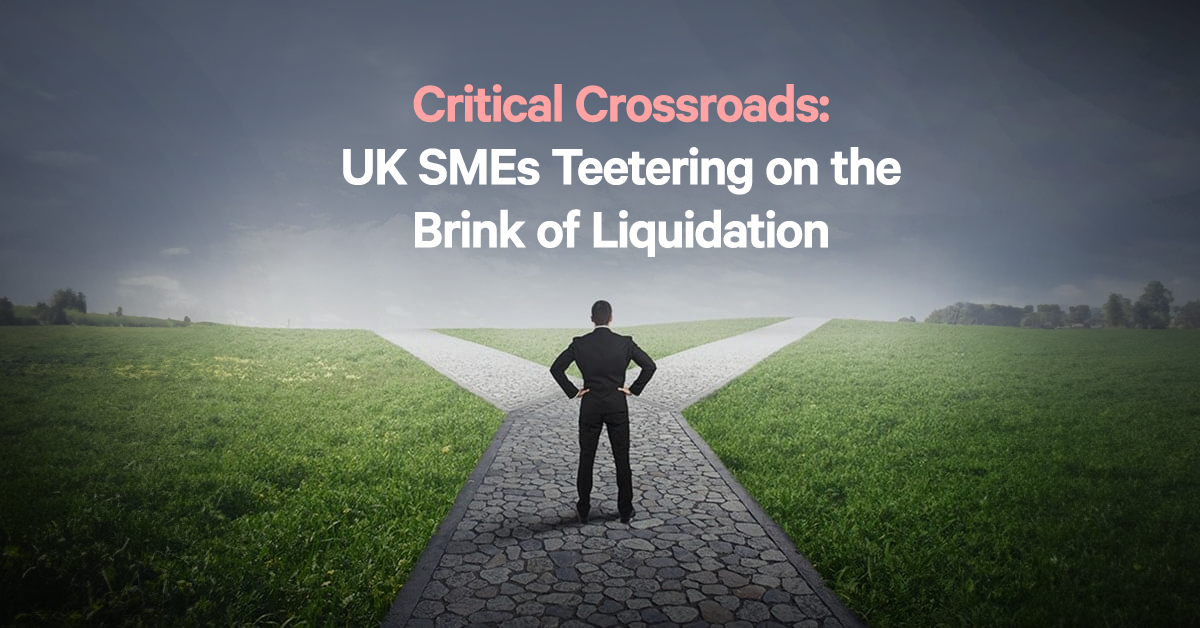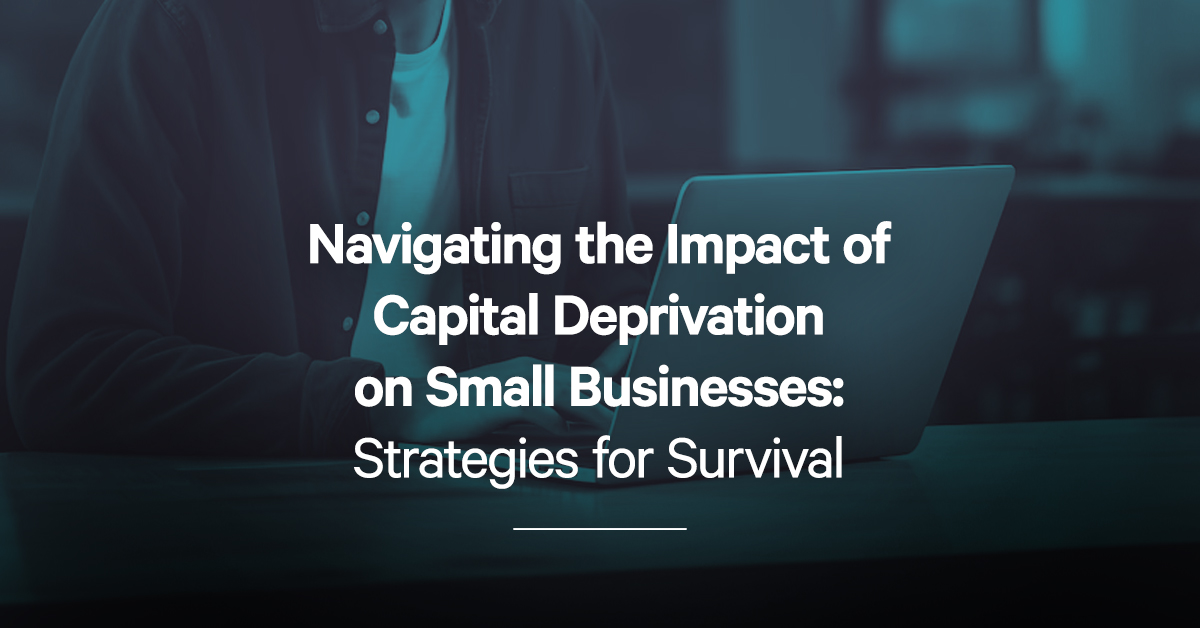The Evolution of Corporate Governance After Companies Act 2006
In 2006, the UK witnessed a significant overhaul in its corporate governance landscape with the implementation of the Companies Act. This legislation was a response to changing business dynamics, aiming to enhance transparency, accountability, and overall governance practices within companies. Over the years, the Act has had a profound impact on how businesses operate and [...]

